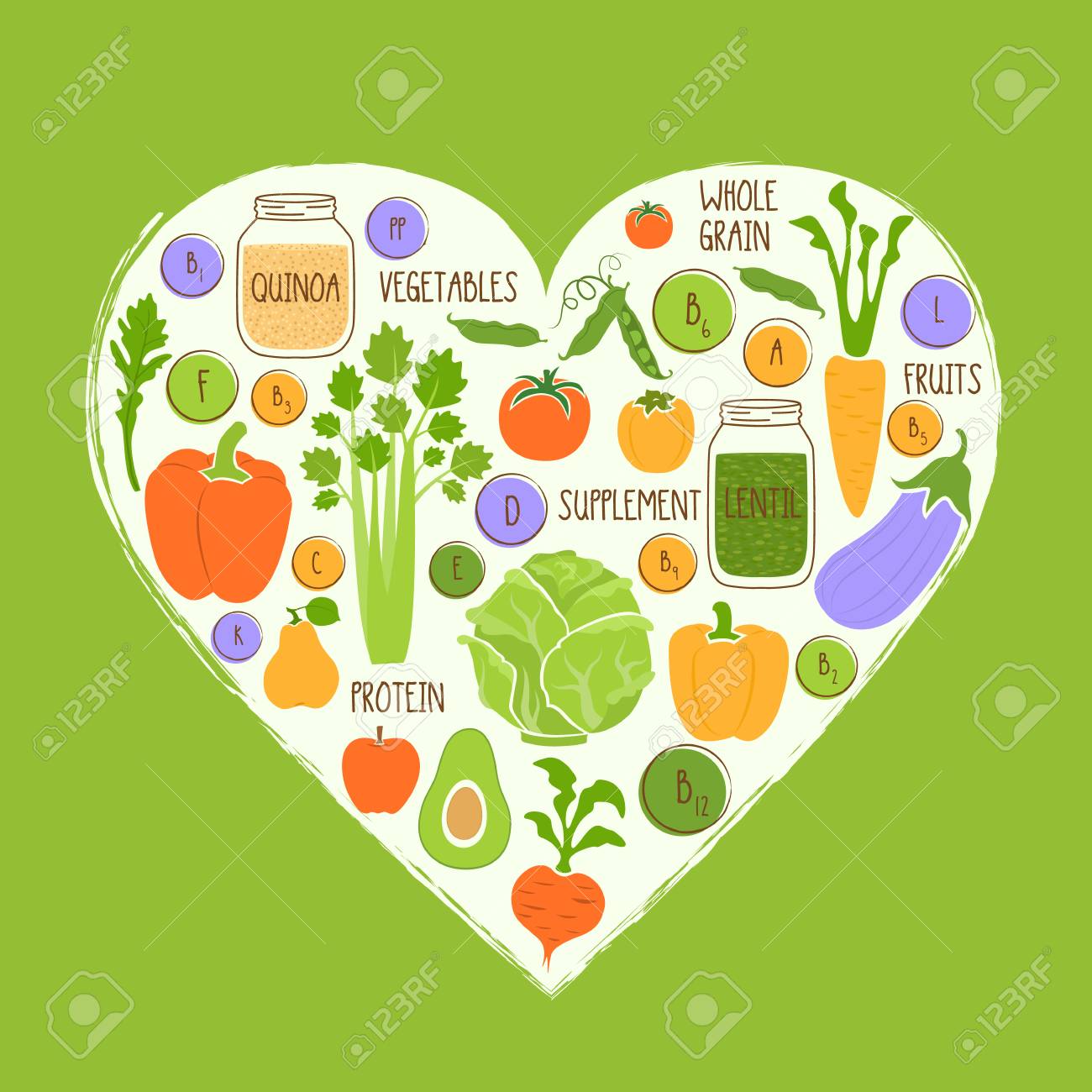
The key to healthy eating is nutrition meal planning. Today we can eat at many places and different foods. While some places may be more limiting in their choices, most places are not. Many places sell high-calorie food. This can lead to a high calorie intake if you don't plan your meals ahead of time. The first step in meal planning is to check the expiration dates of the items you purchase. Next, make a weekly menu with drinks and snacks. Choose foods from each food group and be careful about calories and saturated-fat content. Look at the Nutrition Facts labels before you choose foods. Make sure to prepare food high in fiber or protein.
Once you've written down your nutrition meal plan, it's time to create a detailed grocery list. Include all macronutrients that are vital to your client's well-being. It is possible to vary the macronutrients between different foods to create variety in your menu. When designing a meal program for clients, it's important to take into account taste and texture. These two factors will determine how they respond.

A meal plan is more than a spreadsheet or PDF. It could be as simple a custom pamphlet or as complex as an email flow. You can include photos, recipes, and introductions depending upon your needs. You can customize your menu with the best tools to meet your dietary preferences. You can also personalize your nutrition meal planning using your own information. You'll be on your way to healthy eating and a happier you!
Using a nutrition meal plan template is a good idea for anyone with a diet. It takes the guesswork out of eating and can make sure you eat a variety of healthy foods throughout the day. Many dietitians recommend that patients also include complete meals and drinks in their meal plans. They may also be able to use specific apps for meal planning. This software helps them track the nutritional content of their meal plans.
While meal planning may seem complex, the results of this study are clear: nutritional planning can help a person eat healthier and be more active. The research team found that planning meals is a better way to eat well and reduce cholesterol. This can make people live longer and feel better by making sure that their meals are healthy and balanced. With proper nutrition meal plans, your family will be happier. It will also help you to lose weight, which is a win-win situation for everyone.

A nutrition plan should include a range of foods. It should include vegetables and fruits. This plan should also include a variety if proteins. This plan can be used to include lower-calorie foods. It will save you money and time. Limiting the amount and type of protein and sugar should be a priority. You should also avoid processed foods and animal products. Daily intake of calcium is 1000mg. You can increase your intake by eating more.
FAQ
Which diet is best for me?
The best diet for you depends on several factors, like your age, gender, weight, health conditions, and lifestyle habits. You should also consider how much energy your exercise consumes, whether you like low-calorie or high-calorie foods, and what you enjoy in terms of eating fruits and veggies.
Intermittent fasting might be an option for you if your goal is to lose weight. Intermittent Fasting means that you eat only specific meals throughout your day and not three large meals. This might be better for you than traditional diets, which have daily calorie counts.
Some studies suggest that intermittent fasting may improve insulin sensitivity and reduce inflammation, which can lead to improved blood sugar levels and reduced risk of diabetes. Intermittent fasting has been shown to promote fat loss as well as improve overall body composition.
What should I be eating?
You should eat lots of vegetables and fruits. They contain vitamins and minerals which help keep your immune system strong. Vegetables and fruits are high in fiber which helps to digest and fill you up. Include at least five portions of fruit and vegetables per day.
Make sure you drink plenty of water too. Water flushes toxins from the body and gives you a full feeling between meals. Drink about eight glasses each day.
Choose whole grains over refined grains. Whole grains retain all nutrients including B vitamins, iron and zinc as well as calcium, magnesium, calcium, protein, and magnesium. Refined grains are stripped of some of their nutritional value.
Avoid sugary drinks. Sugary drinks can be a source of empty calories, which can lead to obesity. Instead, you can opt for water or milk, as well as unsweetened herbal teas.
Avoid fast food. Fast food has little nutritional value. Fast food may be delicious, but it will not give you the energy that you need to perform your tasks properly. Instead, stick to healthier options such salads and soups as well sandwiches and pasta.
Limit alcohol intake. Alcohol can lead to poor nutrition and empty calories. Limit the number of alcoholic beverages you consume per week to no more that two.
Red meat consumption should be reduced. Red meats are high-in saturated fat and cholesterol. You should choose lean cuts like beef, pork lamb, chicken and fish instead.
How often should you exercise?
Exercise is essential for maintaining a healthy lifestyle. There is no time limit on how much you should exercise. It is important to find something that you enjoy and stay with it.
If you work out three times a week, then aim to complete 20-30 minutes of moderate intensity physical activity. Moderate intensity is when you still have to breathe hard after the workout. This type works out burns around 300 calories.
Walk for at least 10 minutes four days a weeks if you prefer walking. Walking is low impact and easy on your joints.
Jogging is an alternative to running. You can do it for as little as 15 minutes each day. Running is an excellent way to lose weight and tone your muscles.
If you're not used to exercising, start slowly. You can start with only 5 minutes per week of cardio. Gradually increase your cardio time until you reach the goal.
What is the difference in a virus and bacteria?
A virus is a microscopic organism that cannot reproduce outside its host cell. A bacterium (or single-celled organism) reproduces by splitting itself into two. Viruses are very small (about 20 nanometers) while bacteria are larger (up to 1 micron).
Viruses are often spread through contact of infected bodily fluids like saliva, urine or semen. Bacteria are often spread via direct contact with contaminated surfaces or objects.
Viral infections can be transmitted through skin cuts, scrapes and bites. They can also be transmitted through the eyes, nose, mouth, ears, rectum, and anus.
Bacteria can enter the body through wounds. They may also come into our bodies through food, water, air, soil, dust, or animals.
Both bacteria and viruses can cause illness. But viruses can't multiply within their hosts. They only cause disease when they infect living tissue.
Bacteria can cause illness by multiplying in the body. They can infiltrate other parts of the body. They can even invade other parts of the body, which is why antibiotics are necessary to eradicate them.
Statistics
- nutrients.[17]X Research sourceWhole grains to try include: 100% whole wheat pasta and bread, brown rice, whole grain oats, farro, millet, quinoa, and barley. (wikihow.com)
- In both adults and children, the intake of free sugars should be reduced to less than 10% of total energy intake. (who.int)
- According to the Physical Activity Guidelines for Americans, we should strive for at least 150 minutes of moderate intensity activity each week (54Trusted Source Smoking, harmful use of drugs, and alcohol abuse can all seriously negatively affect your health. (healthline.com)
- This article received 11 testimonials and 86% of readers who voted found it helpful, earning it our reader-approved status. (wikihow.com)
External Links
How To
How to live a healthy lifestyle
A healthy lifestyle involves living a healthy life that is able to maintain your weight, good health, and your fitness level. It's a way of living that includes eating well, exercising regularly, getting enough sleep and avoiding harmful substances such as alcohol, caffeine, tobacco, drugs, and so on. Being healthy will make you feel more confident and fit. In addition, a healthy lifestyle reduces your risk of chronic diseases like heart disease, stroke, diabetes, cancer, osteoporosis, arthritis and many others.
The main goal of this project was to provide a step-by-step guide on how to live a healthier life. The introduction was the first portion of the project. It describes the benefits of living a healthy life, what it means, and who we are. The body paragraphs are a collection of tips for living a healthy life. Finally, I wrote the conclusion, which summarizes the whole article and provides some additional resources if needed.
This assignment helped me to understand how to write concise paragraphs. I learned how my ideas could be organized into topic sentences. Furthermore, I was able to improve my research skills by being able to identify specific sources and correctly cite them. I also learned how to write with proper grammar.